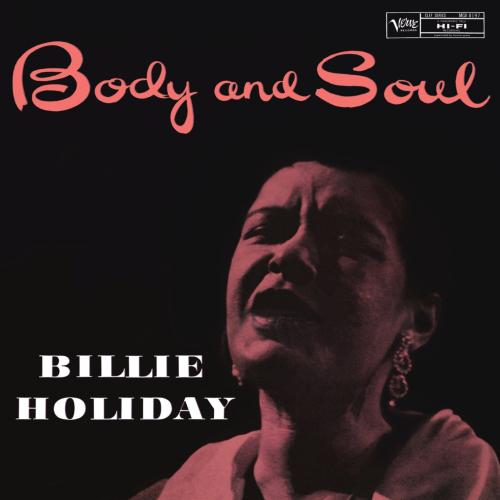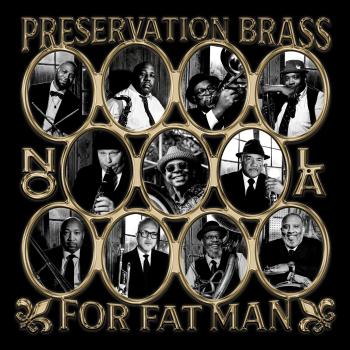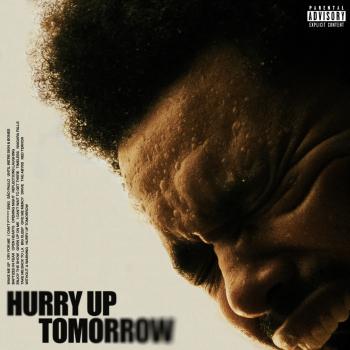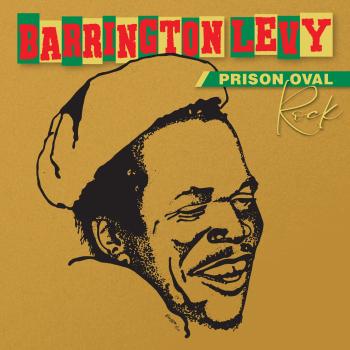
Body And Soul (Mono Remastered) Billie Holiday
Album info
Album-Release:
1957
HRA-Release:
10.08.2018
Album including Album cover
I`m sorry!
Dear HIGHRESAUDIO Visitor,
due to territorial constraints and also different releases dates in each country you currently can`t purchase this album. We are updating our release dates twice a week. So, please feel free to check from time-to-time, if the album is available for your country.
We suggest, that you bookmark the album and use our Short List function.
Thank you for your understanding and patience.
Yours sincerely, HIGHRESAUDIO
- 1 Body And Soul 06:22
- 2 They Can't Take That Away From Me 04:07
- 3 Darn That Dream 06:15
- 4 Let's Call The Whole Thing Off 03:22
- 5 Comes Love 04:00
- 6 Gee Baby, Ain't I Good To You 05:38
- 7 Embraceable You 06:44
- 8 Moonlight In Vermont 03:47
- 9 Comes Love (Alternate Take 1 / With Studio Chatter) 04:24
- 10 Comes Love (False Start / Take 2) 00:38
- 11 Comes Love (False Start / Take 3) 00:18
Info for Body And Soul (Mono Remastered)
Mit namhafter Begleitung spielte Billie Holiday „Body And Soul“ 1957 in Los Angeles ein. Eineinhalb Jahre vor ihrem einsamen Tod entstanden diese beeindruckenden Aufnahmen in Los Angeles. Produziert wurden sie von Norman Granz, der dieser großartigen Künstlerin immer fest zur Seite stand. Mit ihrer trotz allem unverwüstlich schönen Stimme singt sich die Jazzlady auch am Ende ihres Lebens in die Herzen der Zuhörer.
Durch Alkohol, Drogen und gescheiterten Beziehungen war ihre Persönlichkeit zerstört. Vielleicht wurden gerade deswegen im Verve-Studio die ergreifendsten Versionen dieser acht Songs aufgenommen. In einer intimen Grundstimmung - sie wird wunderbar in Szene gesetzt durch die zurückhaltende Begleitung Ben Websters und Co. - gibt Lady Day eine glänzende Vorstellung. Dargeboten werden in relaxter Swing-Stimmung Musical und Swingklassiker von einer Sängerin, die jede Emotion, jede Phrase mitfühlt, wenn sie diese zum Besten gibt. Holiday hat viel mitgemacht in ihrem Leben, was ihr eine große Authentizität verleiht, wenn sie für Körper und Seele singt.
Ganz im Gegensatz zu ihrem zunehmend von Drogen und Alkohol geschundenen Körper und ihrem von Enttäuschungen zerfressenen Herzen strahlen die acht Songs dieser LP voller Schönheit. Mit all ihrer (noch) zur Verfügung stehen Kraft intoniert Holiday den Opener „Body And Soul“ in einer Intensität, die einem zum Staunen zwingt. Und sie weiß, wovon sie singt und der Hörer fühlt es vom ersten gesungenen Ton an. Voller Dynamik kommt „They Can't Take That Away From Me“. Red Michells Bass federt hier, dass es eine wahre Freude ist. „Darn That Dream“ lebt von der gefühlvoll gepielten Gitarre ihres treuen Gitarristen Barney Kessel. Und Harry „Sweets“ Edison bläst sich den Blues von der Seele.
Durch die aufwändige Überarbeitung von George Marino klingt diese Aufnahme besser als je zuvor. Dadurch kommt die intime Hör-Atmosphäre noch besser zur Geltung. Man kann, nein - man muss sich mit all seinen Sinnen auf diese Ausnahme-Stimme konzentrieren. Man sagt, eine Rose ist am schönsten, bevor sie verblüht. In diesem Sinne war Holiday eine besonders schöne Rose.
Billie Holiday, Gesang
Ben Webster, Tenorsaxofon
Harry Sweets Edison, Trompete
Jimmy Rowles, Klavier
Barney Kessel, Gitarre
Red Mitchell, Bass
Larry Bunker, Schlagzeug
Alvin Stoller, Schlagzeug
Produced by Norman Granz
Digitally remastered
Billie Holiday
was a true artist of her day and rose as a social phenomenon in the 1950s. Her soulful, unique singing voice and her ability to boldly turn any material that she confronted into her own music made her a superstar of her time. Today, Holiday is remembered for her masterpieces, creativity and vivacity, as many of Holiday’s songs are as well known today as they were decades ago. Holiday’s poignant voice is still considered to be one of the greatest jazz voices of all time.
Holiday (born Eleanora Fagan) grew up in jazz talent-rich Baltimore in the 1920s. As a young teenager, Holiday served the beginning part of her so-called “apprenticeship” by singing along with records by Bessie Smith or Louis Armstrong in after-hours jazz clubs. When Holiday’s mother, Sadie Fagan, moved to New York in search of a better job, Billie eventually went with her. She made her true singing debut in obscure Harlem nightclubs and borrowed her professional name – Billie Holiday – from screen star Billie Dove. Although she never underwent any technical training and never even so much as learned how to read music, Holiday quickly became an active participant in what was then one of the most vibrant jazz scenes in the country. She would move from one club to another, working for tips. She would sometimes sing with the accompaniment of a house piano player while other times she would work as part of a group of performers.
At the age of 18 and after gaining more experience than most adult musicians can claim, Holiday was spotted by John Hammond and cut her first record as part of a studio group led by Benny Goodman, who was then just on the verge of public prominence. In 1935 Holiday’s career got a big push when she recorded four sides that went on to become hits, including “What a Little Moonlight Can Do” and “Miss Brown to You.” This landed her a recording contract of her own, and then, until 1942, she recorded a number of master tracks that would ultimately become an important building block of early American jazz music.
Holiday began working with Lester Young in 1936, who pegged her with her now-famous nickname of “Lady Day.” When Holiday joined Count Basie in 1937 and then Artie Shaw in 1938, she became one of the very first black women to work with a white orchestra, an impressive accomplishment of her time.
In the 1930s, when Holiday was working with Columbia Records, she was first introduced to the poem “Strange Fruit,” an emotional piece about the lynching of a black man. Though Columbia would not allow her to record the piece due to subject matter, Holiday went on to record the song with an alternate label, Commodore, and the song eventually became one of Holiday’s classics. It was “Strange Fruit” that eventually prompted Lady Day to continue more of her signature, moving ballads.
Holiday recorded about 100 new recordings on another label, Verve, from 1952 to 1959. Her voice became more rugged and vulnerable on these tracks than earlier in her career. During this period, she toured Europe, and made her final studio recordings for the MGM label in March of 1959.
Despite her lack of technical training, Holiday’s unique diction, inimitable phrasing and acute dramatic intensity made her the outstanding jazz singer of her day. White gardenias, worn in her hair, became her trademark. “Singing songs like the ‘The Man I Love’ or ‘Porgy’ is no more work than sitting down and eating Chinese roast duck, and I love roast duck,” she wrote in her autobiography. “I’ve lived songs like that.”
Billie Holiday, a musical legend still popular today, died an untimely death at the age of 44. Her emotive voice, innovative techniques and touching songs will forever be remembered and enjoyed.
This album contains no booklet.











